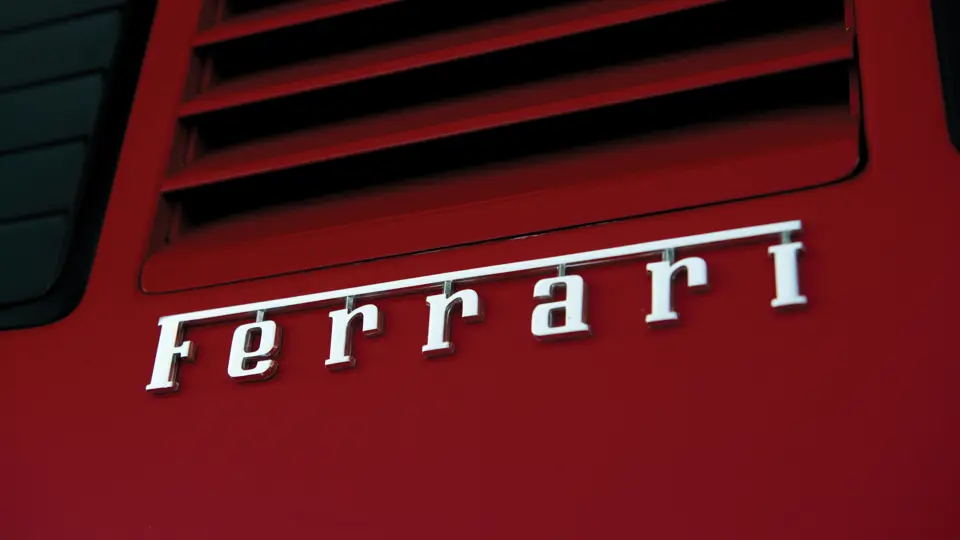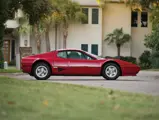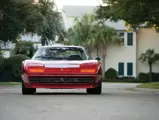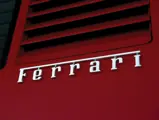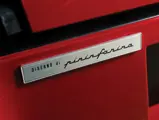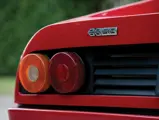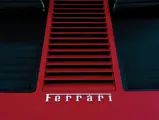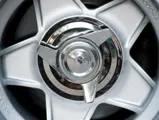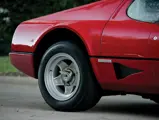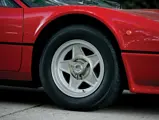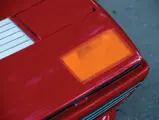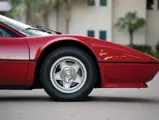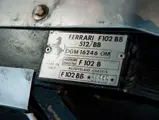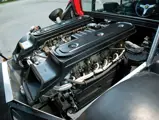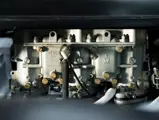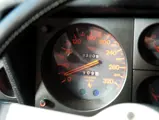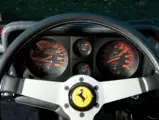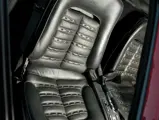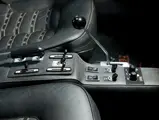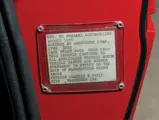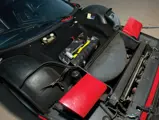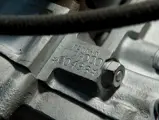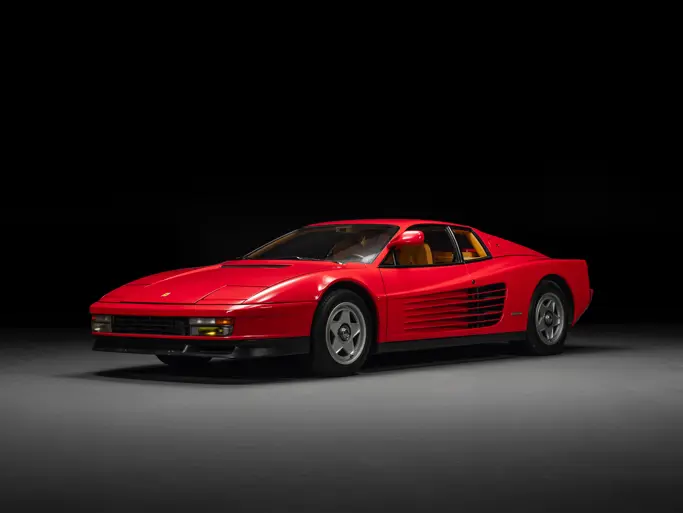360 bhp, 4,942 cc DOHC horizontally opposed 12-cylinder engine with four Weber triple-barrel carburetors, five-speed manual transaxle, front and rear unequal length A-arm suspension with coil springs and anti-roll bars, and four-wheel disc brakes. Wheelbase: 98.4 in.
Although Enzo Ferrari was truly never caught off guard, the Berlinetta Boxer series that was introduced to the world at the 1971 Turin Salon came in reaction to competition from just down the road in central Italy. Lamborghini’s Miura and subsequent Countach, as well as Maserati’s Bora, were on Ferrari’s mind when the mid-engined and rakish 365 GT4 BB was unveiled. The 365 GT4 BB was mid-engined like the Dino but vastly different in both concept and execution, and it brought Ferrari into a new era. At the time, it was the fastest road car that Ferrari had ever built, and contemporary reviews made sure to note its significance.
Ultimately, less than 400 examples were built between 1973 and 1976, when the model was succeeded by the more livable 512 BB. Resurrecting the historical 512 racing car’s nomenclature but not following Ferrari’s previous naming convention, the 512 BB boasted an enlarged, 4.9-liter flat 12-cylinder engine with a higher compression ratio. Four triple-barrel Weber carburetors supplied power to the enlarged engine, giving it a mid-five-second 0–100 km/h sprint time and a top speed of 280 km/h.
A five-speed manual gearbox and dry-sump lubrication gave the car genuine supercar-grade credentials. Chassis modifications were restricted to wider rear tires and an expanded rear track, which is a testament to how well-designed the 365 GT4 BB had been. Although still clearly following that car’s Pininfarina-penned styling, the 512 BB used a new lower chin spoiler up front and a NACA duct on the side to cool its exhaust system. Simplified twin tail lamps supplanted its predecessor’s triple units.
Fewer than 1,000 512 BBs were assembled, none of which were destined for Ferrari’s growing American market. The reasoning behind this was that Enzo Ferrari himself did not believe that the vehicle should be detuned to comply with increasingly stringent emissions standards. However, numerous 512 BBs were certified by independent importers for the American market.
The 512 BB presented here shows a mere 23,000 kilometers from new. The car was purchased new by the owner of Amerispec Corporation, Richard Fritz, of Danbury, Connecticut, and it was certified for the American market by his company, which was the leading importer of Ferraris that specialized in DOT/EPA conversions. Fritz owned the car throughout the 1980s and then sold it to the second owner. In 1999, the 512 was then acquired by a noted collector in Texas, who maintained the Ferrari for an additional 12 years, with just over 22,000 kilometers accumulated on the odometer. The car was purchased by the current owner several years ago, and it has recently undergone a substantial engine-out service by noted Ferrari experts at Norwood Performance in Dallas, Texas. They also performed a pre-purchase inspection on the 512 BB prior to the current owner’s acquisition. Notable servicing performed on the car included adding new fuel pumps to the flat 12-cylinder engine.
The 512 features a Tubi exhaust system, which allows the 4.9-liter powerplant to breathe more freely. This tasteful upgrade is the BB’s only modification from stock. Underneath, correct Michelin tires in a staggered size help make the most out of the supercar’s balanced chassis. More than a decade’s worth of receipts reveals that the 512 BB has been treated gently. No evidence of accident damage is present, and the traditional Rosso Corsa paint appears in very good condition. Inside, its unmarked black leather trim further illustrates the care it has received since leaving the production line in Italy over 35 years ago. An original radio is present as well, along with tire tools, a manual, and an extra uncut key.
This is without a doubt one of the nicest 512 BBs available, and it is a rare example of Ferrari’s first foray into the world of modern supercars.
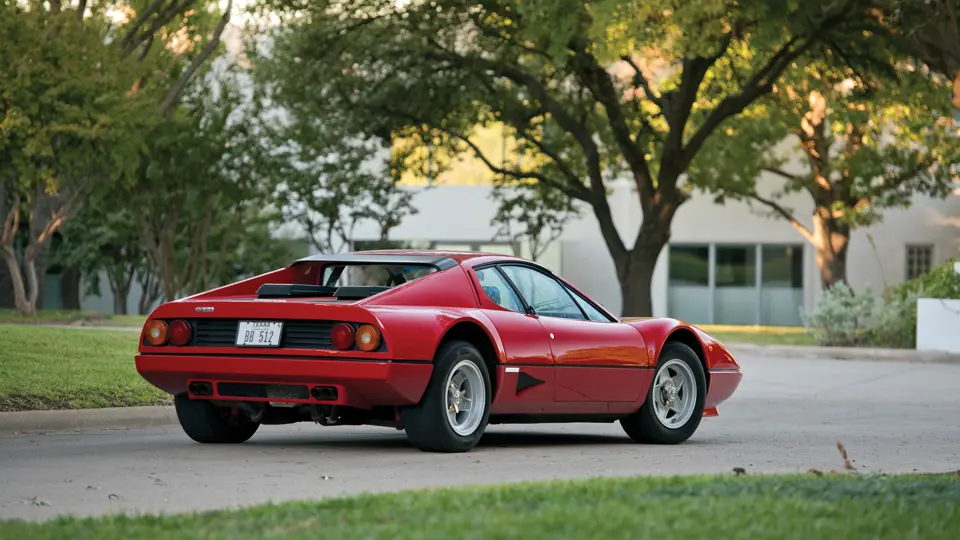
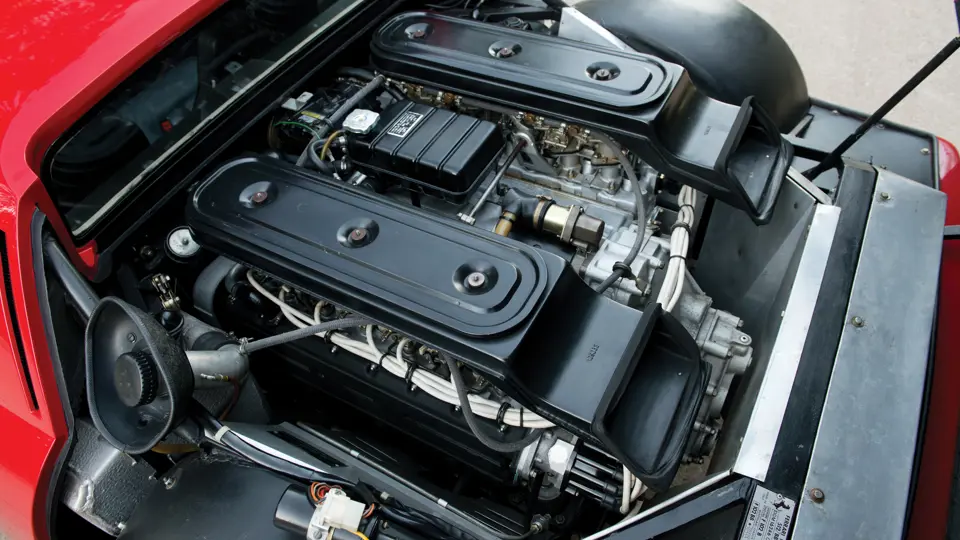


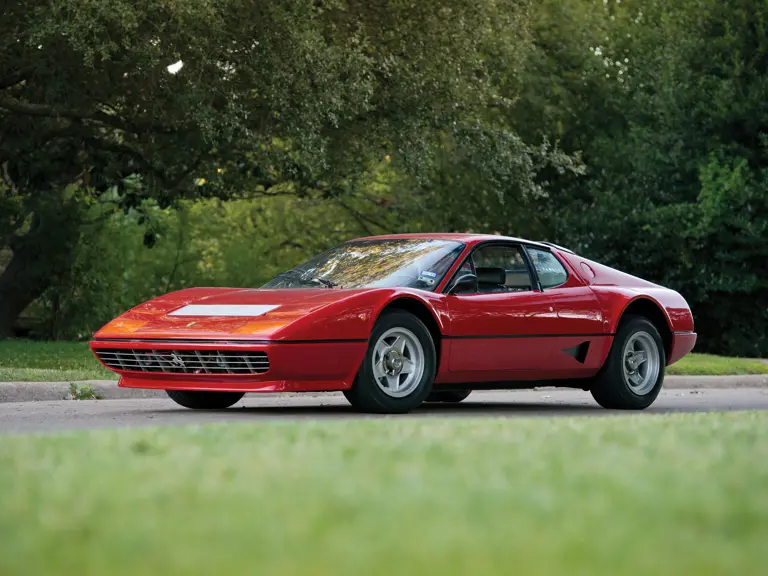
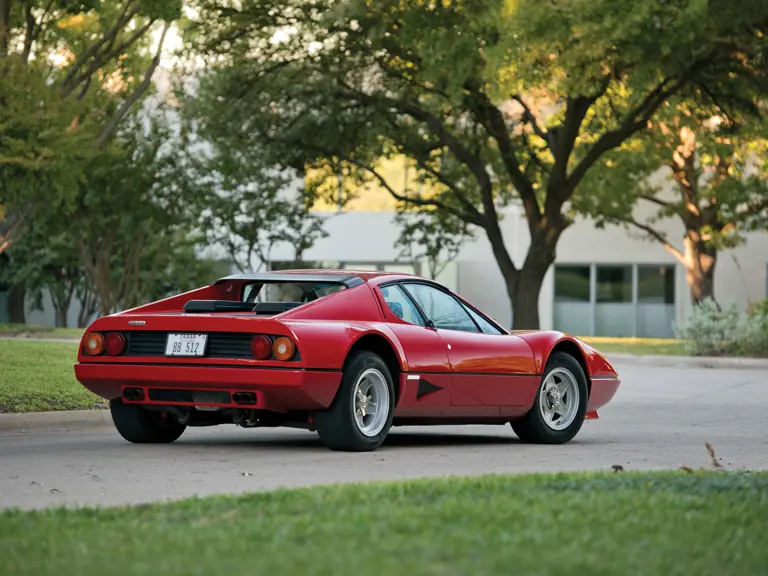
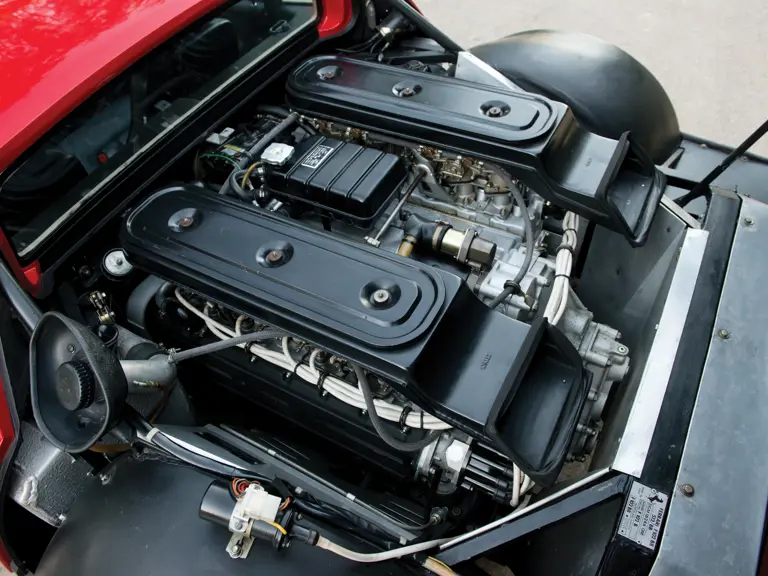
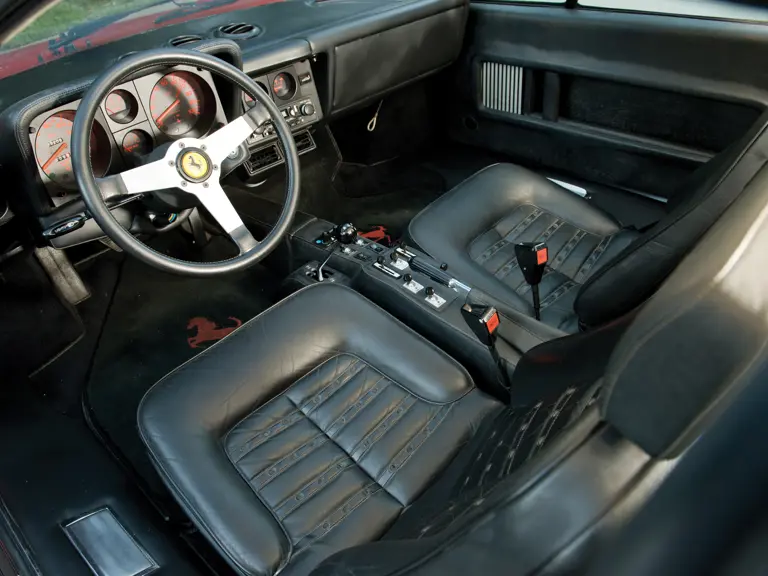
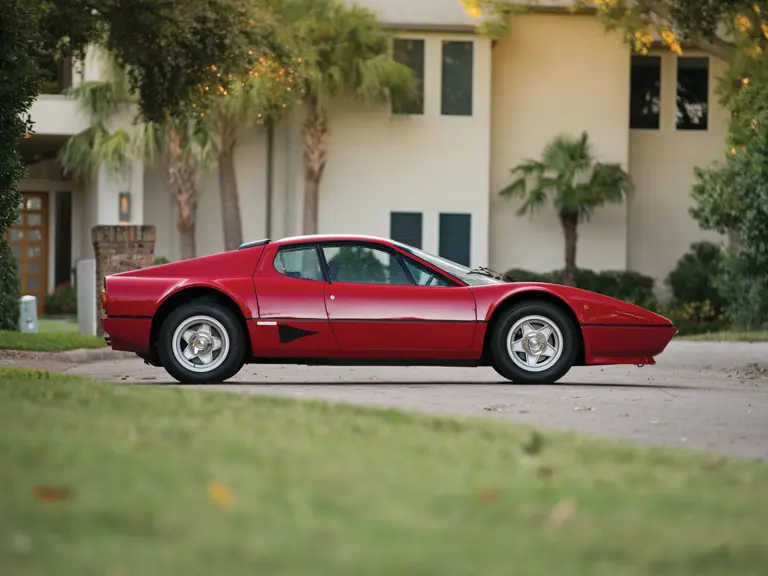

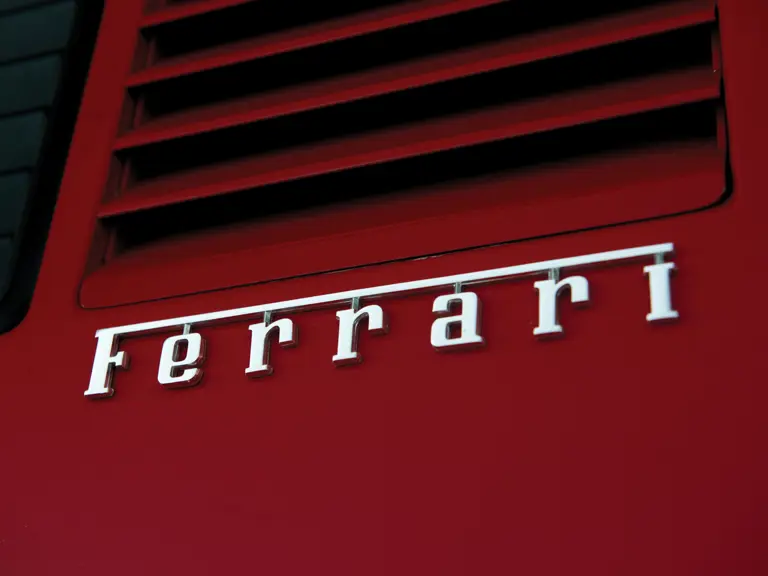


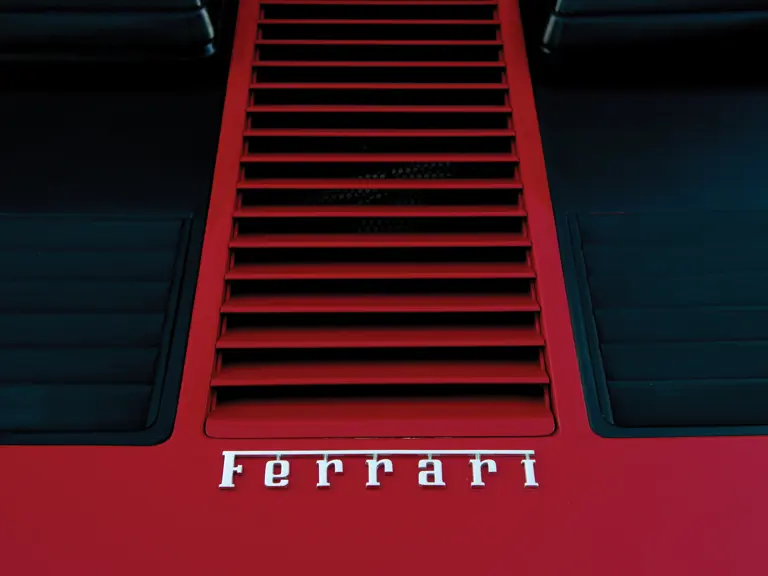
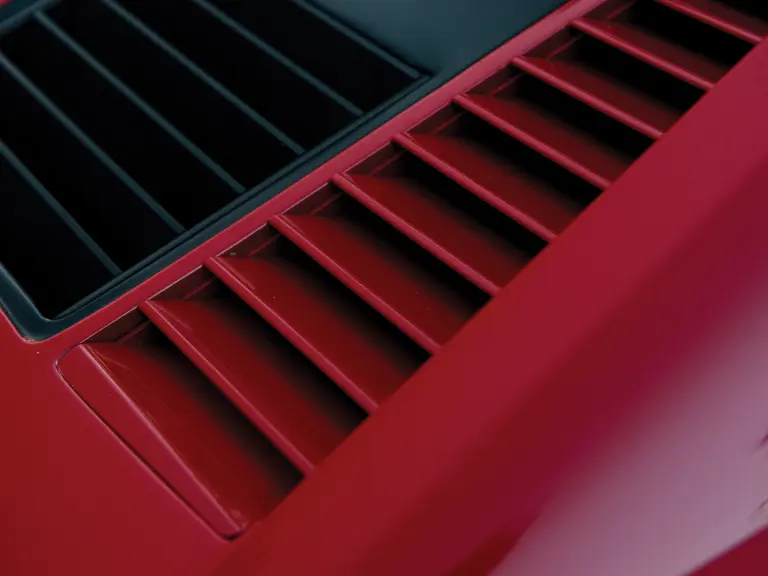



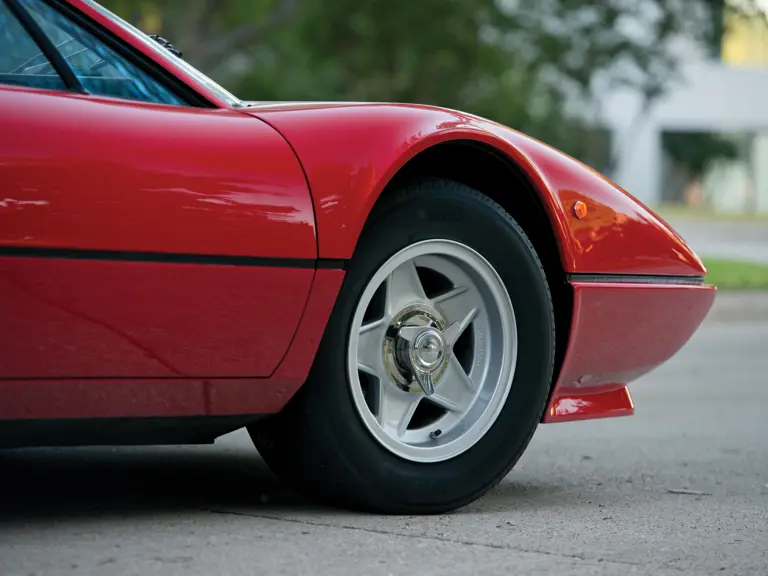

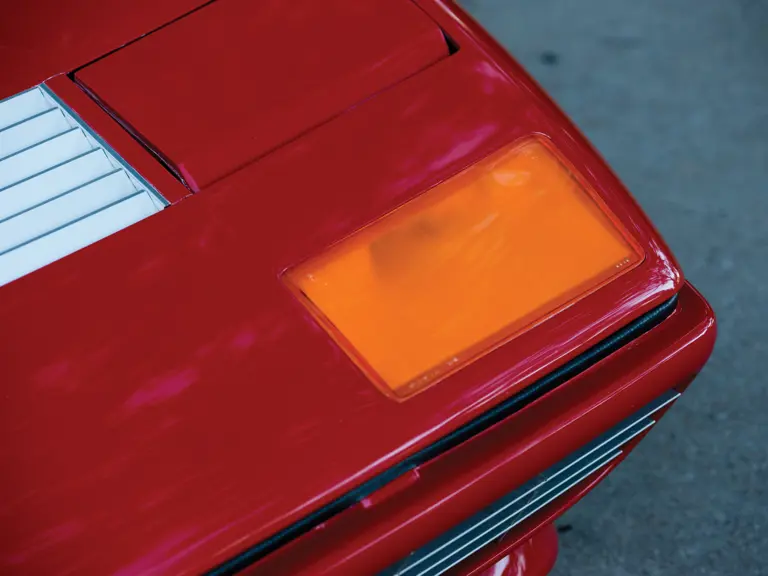

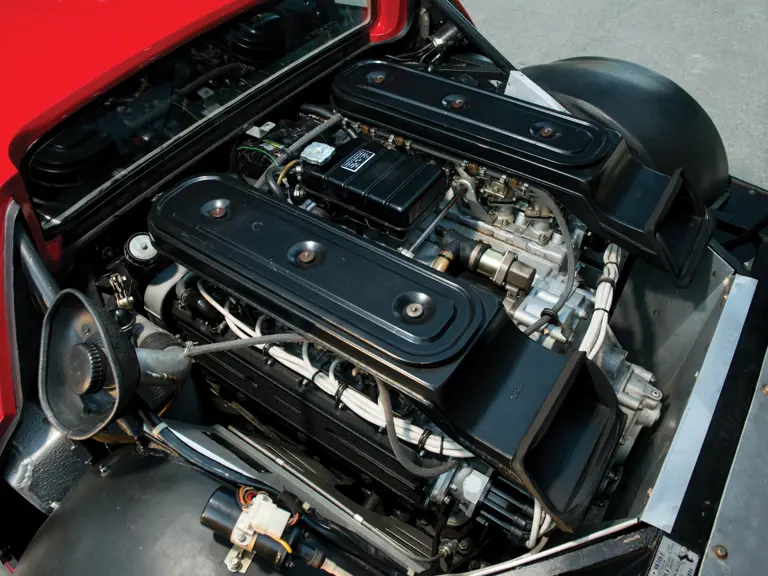

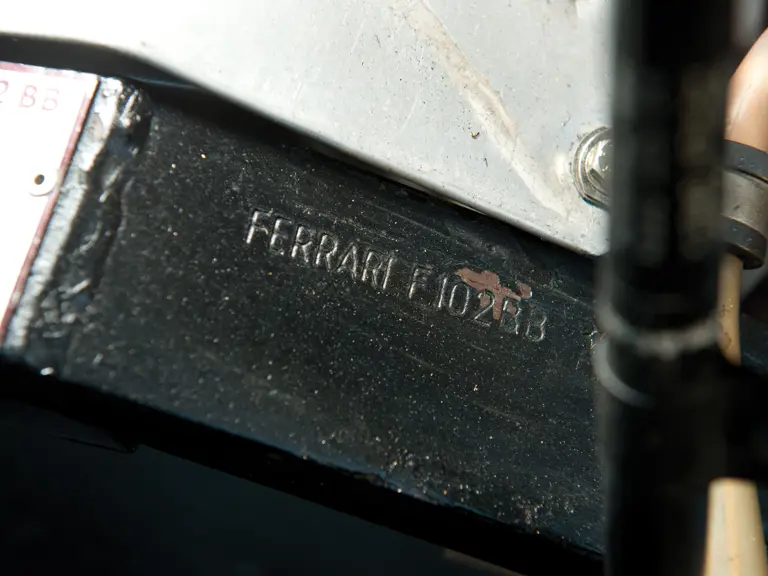

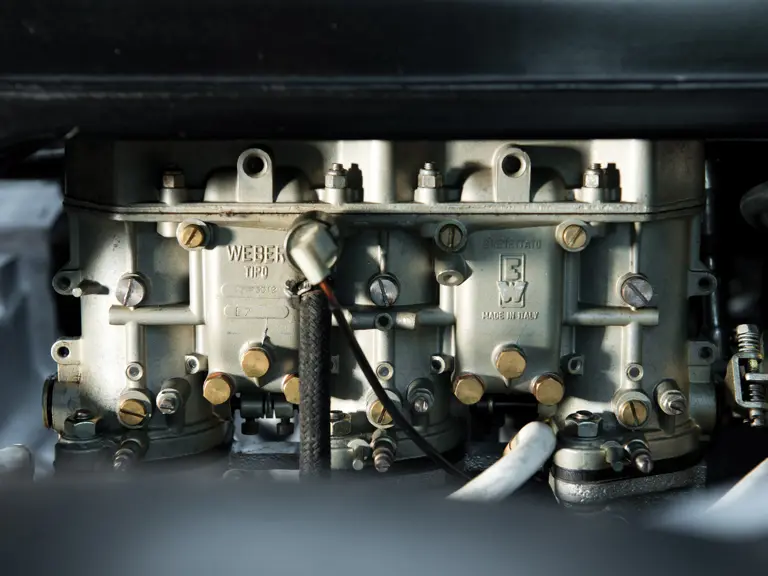
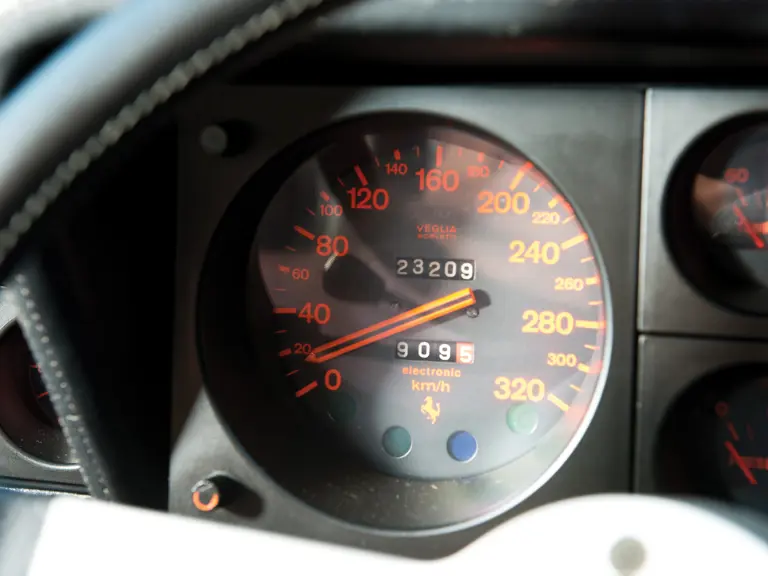


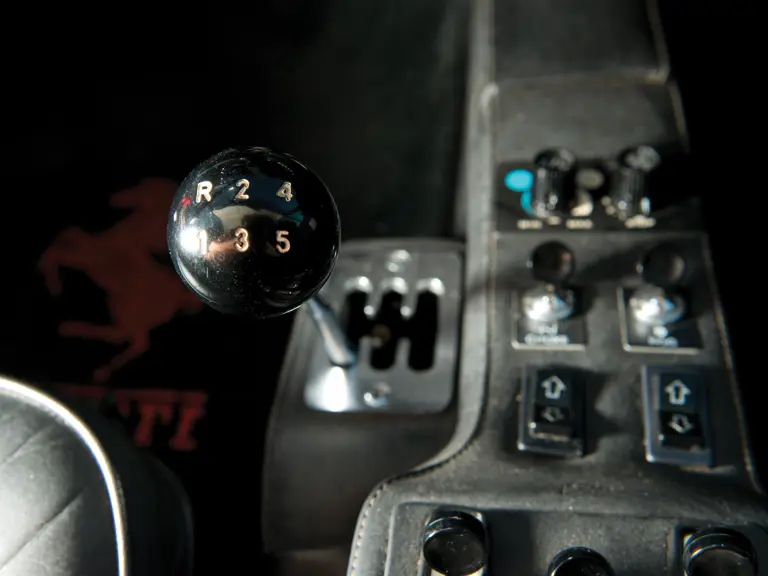


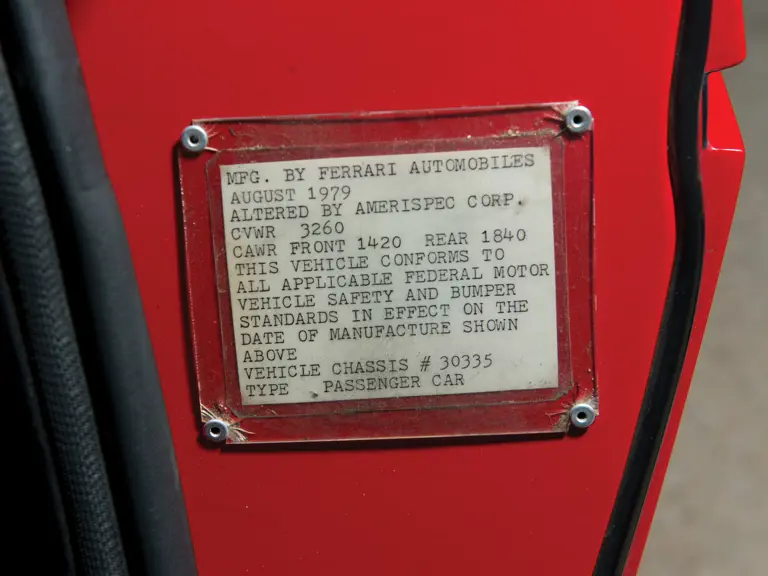
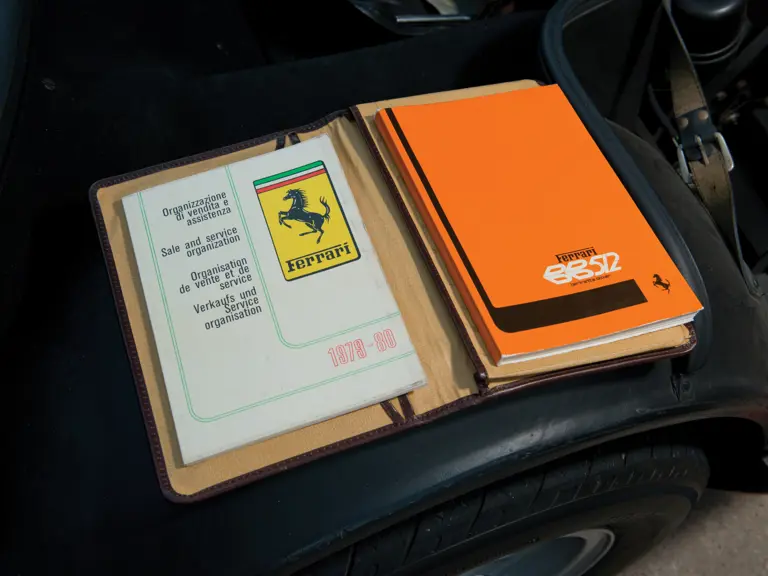

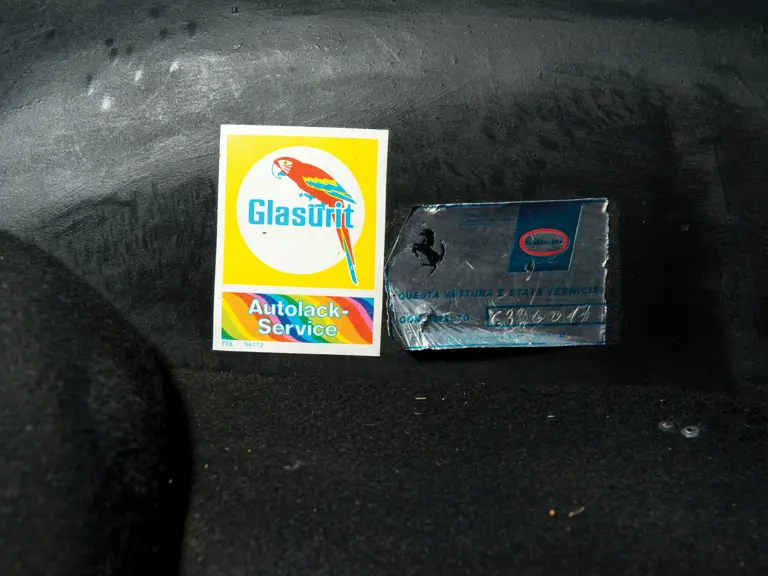
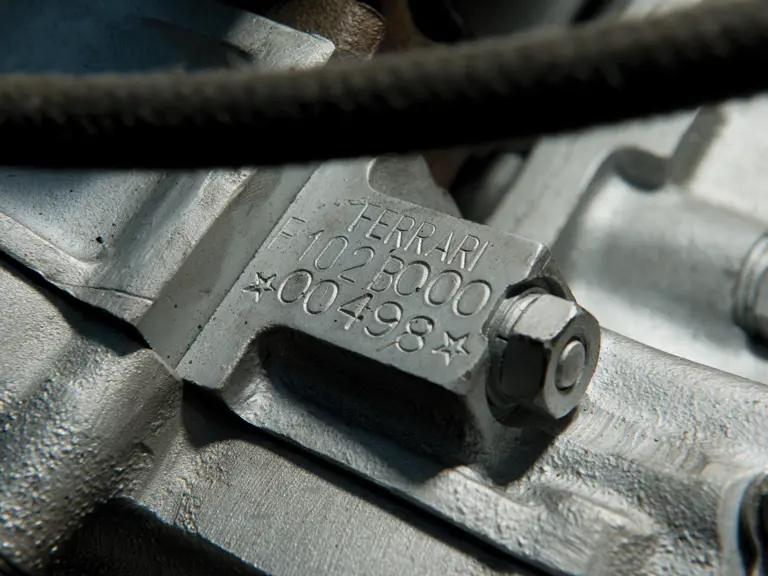
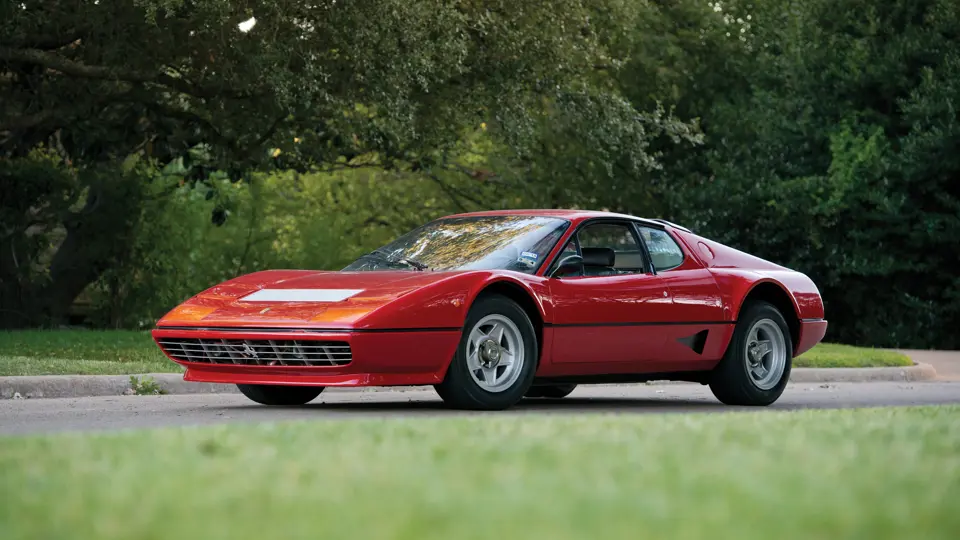
 | Phoenix, Arizona
| Phoenix, Arizona


